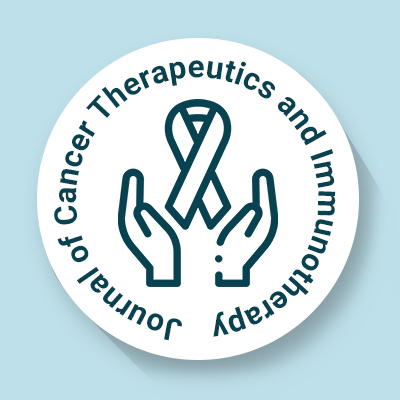
Journal of Cancer Therapeutics and Immunotherapy
OPEN ACCESS

OPEN ACCESS
Cytotoxicity is an essential idea in cell biology and toxicology, particularly concerning the impact of substances on living tissues. It is characterized as the property of being harmful to cells, and it is vital for comprehending the safety and efficacy of different substances, particularly in the field of medicine and pharmacology. Cytotoxic substances can harm cell components, interfere with regular functions or result in cell demise. The result can differ greatly based on the characteristics of the compound and the specific type of cells it influences.
A potential outcome of cytotoxicity is necrosis, in which the cell suffers irreparable damage, expands, ruptures and spills its content. This kind of cell demise typically leads to inflammation and may damage nearby tissues. Another result is the suppression of cell growth and division, which might not cause immediate cell death but hinders its proper function or reproduction. The third option is apoptosis, a regulated type of cell death in which the cell essentially takes its own life with out harming adjacent cells. Apoptosis is frequently initiated when cell identifies internal harm or receives specific external signals.
Various agent can lead to cytotoxic effects. Heavy metals such as lead or mercury, synthetic chemical and radiation serve as prominent examples. Biological agents like bacterial toxins, viral elements or even elevated amounts of neurotransmitters can also be detrimental. Moreover, certain venoms from creatures such as snakes and spiders can be extremely cytotoxic, resulting in significant tissue harm at the location of a bite. Certain substances, including alcohol and specific cancer therapies, possess cytotoxic characteristics.
Cytotoxicity assessment is a crucial instrument in the drug development process. These assessments assist researchers in detecting potentially dangerous substances early in the development phase. In cancer research, for instance, researcher search for medications that are specifically harmful to cancer cells but do not affect healthy cells. In contrasts, for treatments unrelated to cancer, researchers strive to prevent cytotoxicity to guarantee the drug’s safety for everyday use.